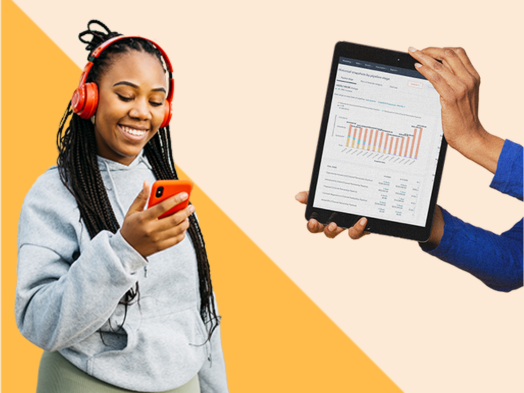A team of researchers at Harvard Business Review recently published results from a study that confirmed what most people already believe: Time is being wasted during the workday. But times are changing, and there’s an AI app for that.
The researchers studied about 140 people from 20 Fortune 500 companies for five days, observing that, on average, employees performed 1,200 “toggling” actions: bouncing from tech application to application. This translates to nearly four hours per week per person dedicated solely to the process of reorienting after platform switches.
The cost of switching applications
Shifting between tasks is called “context switching” in the fields of psychology and neuroscience, and it can drain an employee’s cognitive resources. According to the study, the accumulation of short segments of context switching can take a heavy toll on concentration and cause the secretion of stress hormones in the brain. HBR refers to this as “the toggling tax.”
A recent AI-driven release from Microsoft and SAP aims to pay back some of that time to employees. SAP’s SuccessFactors solutions will now integrate with Microsoft’s 365 Copilot and Azure OpenAI Service. This cloud-based integration targets workforce productivity, collaboration and decision-making without asking people to switch between platforms.
Users can share and access files, data, documents—or anything from an app built with SAP Fiori elements—directly within Microsoft Teams. Applying the data from HBR, this type of tool could restore up to 9% of work time. According to a news bulletin from Microsoft, this design will ultimately “improve how organizations attract, retain and skill their people.”
Jan Gilg, leader of Cloud ERP for SAP, told Human Resource Executive that many of his company’s customers are moving away from siloed teams. The result is that HR leaders have multiple connection points with teams in finance, procurement or other areas. This is where people would typically pay that toggling tax, switching from multiple HR systems to platforms that serve other parts of the business and were perhaps implemented with disparate methods and where a solution like the Microsoft-SAP partnership could be effective.
AI brings information to people
The HBR report explains how the industry became burdened with layers of solutions, tools and platforms: “As business needs evolve, new applications are brought in to address them, and CIOs and managers struggle to retire old ones and keep numbers down.” According to the report, businesses can have tens, hundreds or even thousands of solutions: “As a result, employees spend their days constantly switching from one to another.”
Glig says that cloud technology platforms powered by artificial intelligence have influenced a shift in how enterprise software is being delivered. “In the past, almost everyone operated as independent entities, and user experience was something you might consider within your specific tool, but certainly not across different tools, especially if they were from different vendors.”
Now, says Gilg, if SAP users need unstructured information, maybe from email or documents housed elsewhere, they have it available in the context of the platform, thanks to AI. “Since ChatGPT came out and sparked the imagination of many, many people, they realized what is possible,” he says. “You are able to just ask the system any question and it doesn’t matter where the system or where the information is; it can produce a meaningful response.”
This level of productivity and effectiveness is enabled a by holistic HR tech ecosystem, from transparent analytics to person-to-person transactions. Glig says that with new technology like the collaboration between SAP and Microsoft, employers can now “make sure that every person has the necessary data they need to make the right decision and hopefully make their job easier.”
Credit: Source link











